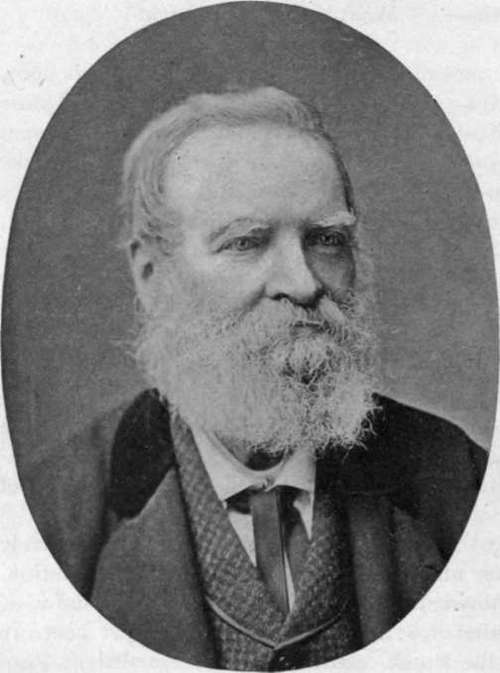Committee Rooms. House Wing
Description
This section is from the book "The National Capitol. Its Architecture Art And History", by George C. Hazelton, Jr. Also available from Amazon: The National Capitol Its Architecture Art and History.
Committee Rooms. House Wing
The mural decorations of the room of the Committee on Agriculture, which is upon the west front, were the first work of Brumidi at the Capitol. They were done on probation, and were so satisfactory to the authorities that the entire remaining portion of the artist's life, some twenty-six years, was devoted assiduously to the beautifying of the rotunda and the Senate wing. His work has so identified him with the building that he may almost now be called the " Michael Angelo of the Capitol." On the ceiling are gracefully frescoed groups representing the four seasons, Spring, Summer, Autumn and Winter. On the east wall, the artist has told the story of Cincinnatus, called from the plow to govern Rome, and this he has rendered strikingly effective in suggestion by the similar event in American history, depicted upon the west wall—the summoning of Putnam from the plow to accept a command in the Colonial army. Upon the south wall, the artist has placed a head of Washington, and beneath it a panel representing the primitive process of cutting grain with the old-fashioned sickle; and opposite, a head of Jefferson, below which is a similar panel showing the improved style of harvesting to-day with the reaper. The four corners of the ceiling are enlivened with scroll-work and frescoes of pretty cherubs in imitation of marble. Brumidi completed the decoration of the room in 1855. The former room of the Committee on Territories, now used by the Committee on Elections, is decorated after designs by Leslie; and that on Indian Affairs contains a collection of Eastman's oil paintings representing life among the Sioux.

CONSTANTINO BRUMIDI.
Continue to:
- prev: Decoration
- Table of Contents
- next: Bronze Stairways
